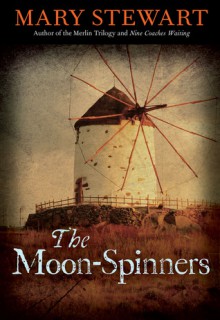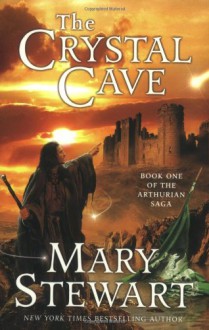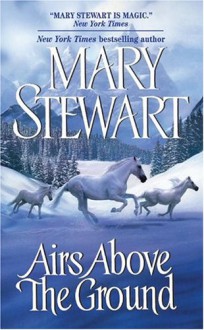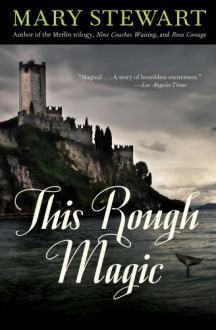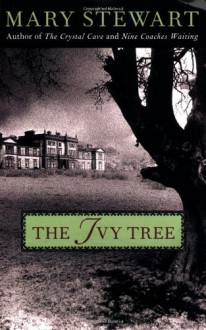
Nine Coaches Waiting is Stewart’s fourth book, published in 1958 and which is set contemporary to its publication date. I’ve read it a couple of times already and have always had mixed feelings about parts of the plot and characterization. SURPRISE, I still feel that way! I also want to say right away that there is a disabled character in this book and the representation is TERRIBLE (evil, manipulative, villain of the whole thing). I do not recommend it on that score at all.
One of the things I like to do in these Reading Notes series is trace out images or themes the author keeps returning to. With Stewart, there are a couple that I noticed which are certain present in Nine Coaches Waiting. First, she tends to weave in allusions to literature throughout her books–her heroines are usually educated in the classics, and Stewart also includes epigraphs and framings. In this case, each chapter is headed with a quote from an earlier book, whether it’s Dickens or The Revenger’s Tragedy. They all have some connection to the following chapter, and generally from books with some sort of mystery/revenge/suspense element.
Because Stewart is very consciously in conversation with the Gothic tradition, we see her playing with the themes of the possibly dangerous charmer/seducer. Leon and Raoul both fall into this pattern, with Leon coming down on the side of dangerous and Raoul on the side of charmer (sort of, more on that later). There’s also the grand but crumbling house, the ominous servants, and etc. But Stewart is also consciously and deliberately referencing Jane Eyre, which she does in some form or another in almost every book she wrote. We see it in Linda’s position as a governess, in her initial meeting with Raoul which echoes Jane’s meeting with Rochester down to the fog and the almost-accident, in her care for her young charge when no one else seems to care for them.
However much I do like Nine Coaches, I can’t say it exactly measures up to Jane Eyre.
I do like Linda, however. I think she’s one of Stewart’s more successful narrators, which is a little different than saying she’s one of Stewart’s more successful main characters. Her voice is clear and sharp from the first page, and I found myself interested in the way she both keeps secrets and tries to uncover them. Right from the beginning we see that she dislikes being manipulated, that she’s impetuous, fond of beautiful and romantic things. She’s has a moral backbone which drives a lot of the book, and I appreciated seeing that without her being goody-goody.
However, there’s generally a tension in Stewart’s books between the strength of the heroines and the inevitable romantic entanglement, and it’s here that I found myself frustrated with Linda and with the book generally. Both Raoul and Leon have a kind of wobbling effect on her, which is part of the danger that both promise but which is never entirely dealt with.
In fact, let me say here and now that this is a good old case of some great gaslighting! Leon tells Linda that she’s being “a little hysterical” (My note at this point, verbatim: “DAGGERS, LEON”) and generally tries to convince her that everything she’s worried about is in her head. When Raoul kisses Linda and she doesn’t react positively he writes “It was only a kiss after all” (SHUT UP, RAOUL!). And we’re supposed to believe that Linda is going to live happily ever after with him.
This kind of comes to a head for me when Linda believes that Raoul is part of the plot to kill Philippe. Eventually she discovers that this is not the case, thanks to some handwavey explanations from Stewart. Raoul was completely innocent and is hurt that she suspected him. And it doesn’t bother me that he was innocent the whole time, or even that Linda’s suspicious were wrong. It does bother me that she then apologizes. She had what she believed was good evidence for his involvement and she APOLOGIZES FOR EVER BELIEVING IT.
PARDON ME WHILE I PUNCH SOME THINGS.
So, yeah, the romance angle is by far the weakest part of the book for me. I MEAN, WHY. However, I do genuinely enjoy the mystery aspect and Stewart’s prose is lovely. She has a gift for descriptions that shows up in all of her books, and here she combines it with a sense of atmosphere and doom that is really effective. I just wish that Linda’s story didn’t end in a marriage that seems destined for misery.

 Log in with Facebook
Log in with Facebook 



